1. Choose the optimal time to go
The best time to visit Nepal is the pre-monsoon (March to May) and the post-monsoon (September to November). It is the season of stable climatic conditions with crystal clear skies with the best conditions for treks. Autumn is the best season to go treks if you are trekkers while spring is the season of the beautiful blooms of the rhododendrons.
2. Plan Your Schedule Cleverly
Nepal has something to cater to all travelers with adventure travelers taking the Everest, Annapurna, and the Langtang treks to find them out. Culture vultures can visit the UN Heritage sites of the Valley of the Kathmandu, Pashupatinath Temple and Bhaktapur Durbar Square. For a relaxing break, visit the Pokhara Lakes or the fertile Chitwan National Park.
Don’t try to do them all simultaneously – travel is best savored at a leisurely pace. It is best to do the highest priority ones for you.
3. Respect the Locals’ Culture
Nepal is filled with Buddhist and Hindu heritage. At religious sites and monastic centers, wear modest clothes and go barefoot. It is customary to walk clockwise around religious sites while avoiding the turning of the soles of the feet toward religious objects. Asking for permission before taking photos of people, especially monks and locals, is also considered respectful.
Learning a couple of greetings like “Namaste” (greeting) and “Dhanyabad” (thanks) can go a very long way toward forming relationships.
4. Stay healthy & stay safe
While Nepal is a very secure country to visit, caution is warranted
- Altitude Sickness: If you’re hiking at a high altitude, climb slowly, drink lots of fluids, and learn the signs of acute mountain sickness (AMS). Slow down the climb—your well-being is important to us.
- Travel Insurance: Insurance that includes coverage of treks at high altitudes and medical evacuation is a must.
- Vaccinations and Drinking Safety: Ask your doctor about immunizations you need to have before traveling. Avoid eating raw foods you might find on the streets and have either bottled or purified water instead.
5. Pack smart
Packing for travel to Nepal varies with the itinerary. For treks, you will need sturdy hiking boots, layered clothes, and a quality sleeping bag. In the cities, light clothes with a shawl to wear to the temples are convenient.
Other essentials are
- Sunscreen and shades (the sun is very strong at a high altitude)
- Reusable water bottle with built-in filtering
- Basic medical kit
- Power bank and international adapter
6. Understand Transportation Options
Getting around Nepal can be an adventure in itself. Domestic flights are time-saving for reaching remote areas but are subject to weather delays. Buses are affordable but can be slow and crowded. Hiring a private car or joining organized tours may be more comfortable for longer journeys.
In cities like Kathmandu and Pokhara, taxis, rickshaws, and rental motorbikes are popular options. Negotiate taxi fares beforehand, as meters are rarely used.
7. Budget & Currency Guidelines
Nepal is budget-friendly, although the price will vary with the way you travel. The native currency is the Nepali Rupee (NPR), and cash is the medium of purchase of most stuff, especially out of town. ATMs are also located within the major cities but will cost you a chargeback.
Tipping is customary for guides, porters, and service staff. Bargaining is common in local markets but should be done respectfully.
8. Embrace the Adventure & go with the Flow
Nepal teaches you to remain patient. Power outages, delays, and spontaneous plan changes are all included in the adventure. Welcome them—they are the stuff of the best stories later on. The kindness of the Nepali people and the beauty of the country are worth the hassle of anything that goes wrong.
9. Stay Connected & Informed
Local SIM cards with a data plan are easily obtainable at a reasonable cost. Mainstream operators like Ncell and Nepal Telecom have a good signal at most tourist locations. Wi-Fi exists at a couple of the tea houses while on treks, although the speed is sluggish.
Stay updated with current news if you are traveling between the two monsoons, as landslides and flight cancellations are likely to occur.
10. Support the Communities
Opt for locally owned restaurants, guesthouses, and tourism operators. Not only will this support the locals’ economy but also provide a realistic experience. Purchase handmade craftwork, clothes, and souvenirs directly with the artisans.
Nepal’s allure is rooted in its raw beauty and deep spirituality. Traveling consciously, honoring regional customs, and embracing the erratic will leave not only pictures but also memories of real associations and soul-stirring settings. Nepal has a way of touching your heart whether you’re viewing a Himalayan dawn, meditating at a monastery, or drinking tea with residents. Plan properly, remain receptive, and get ready for the lifetime adventure!
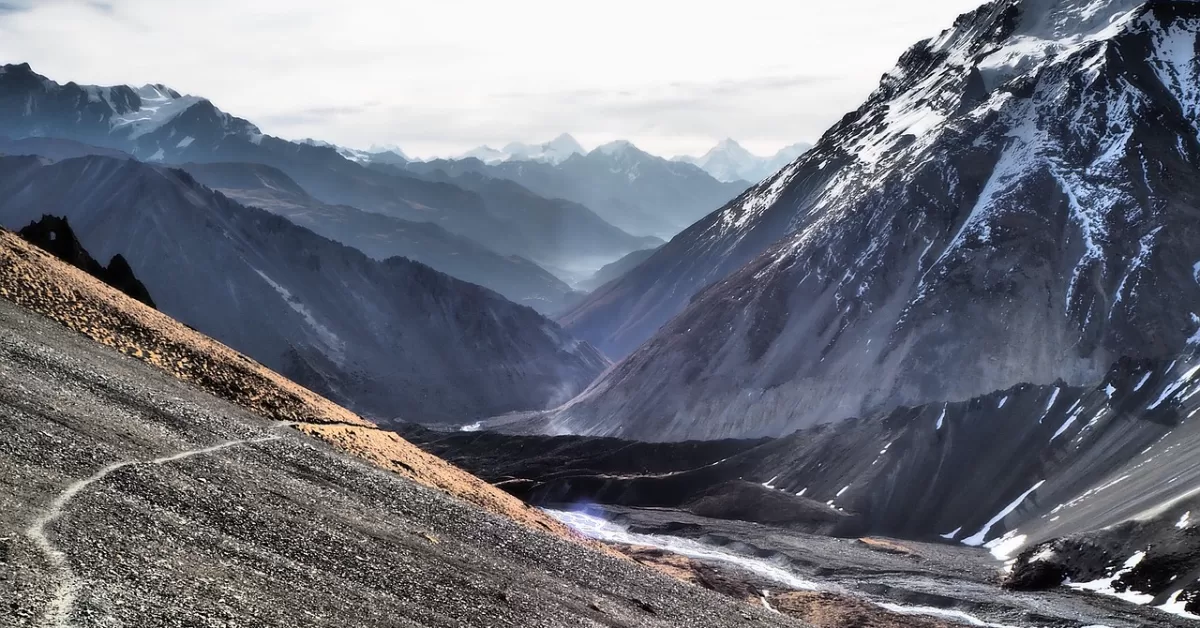


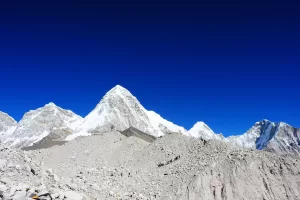
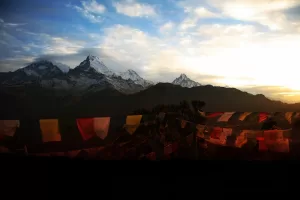

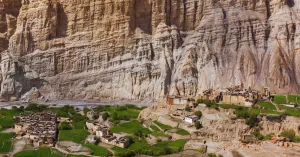
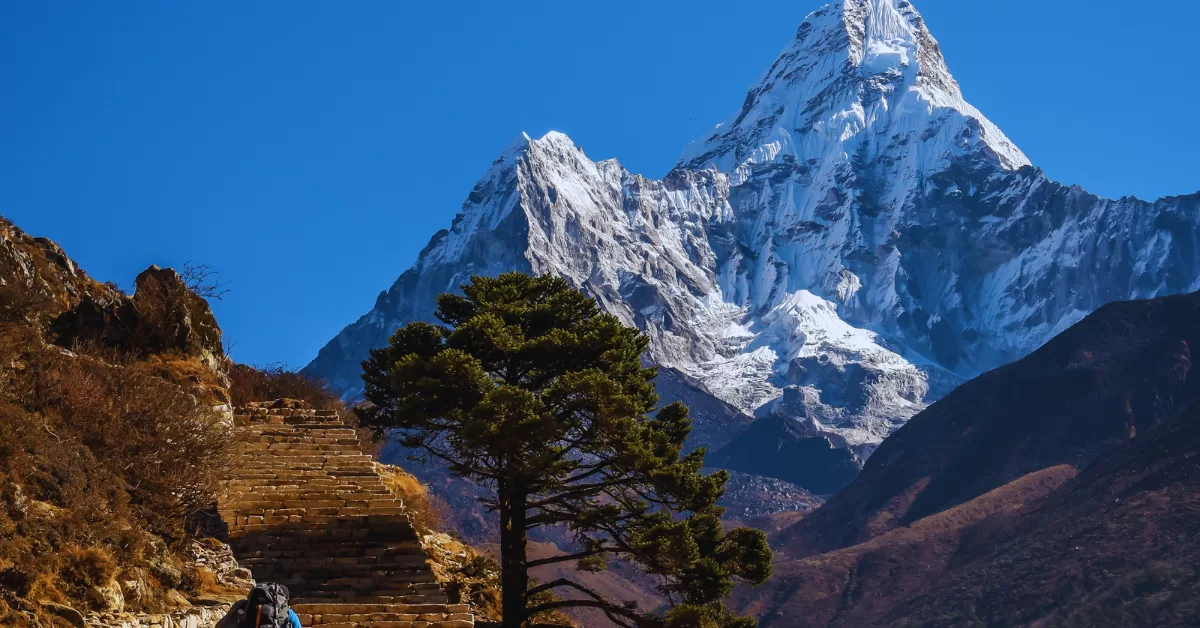
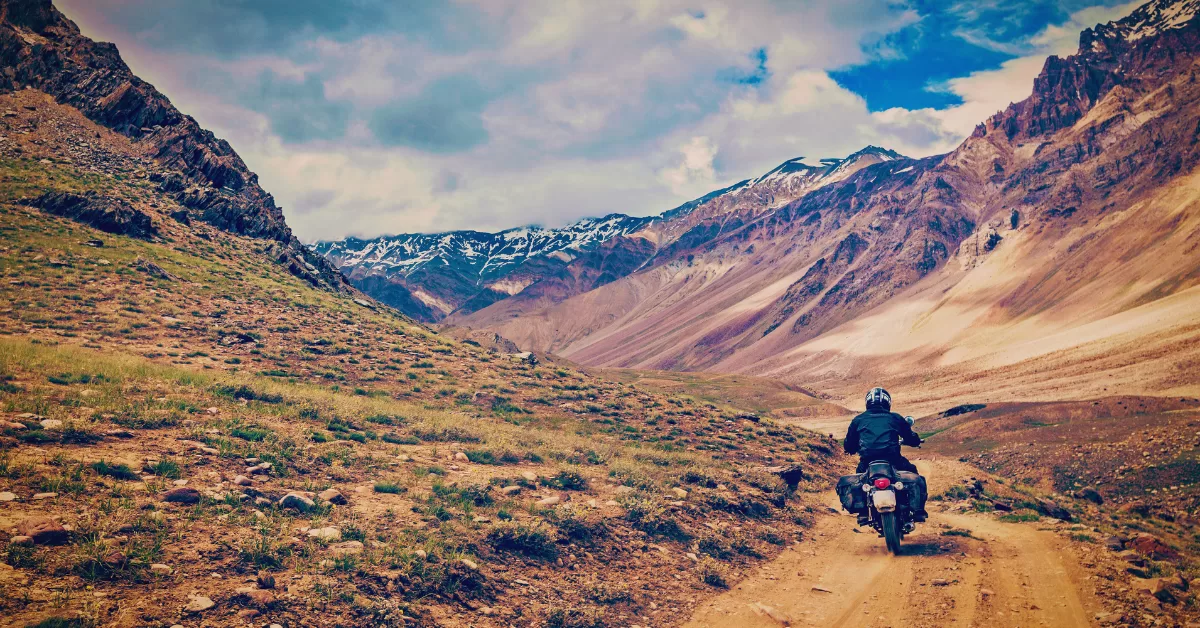

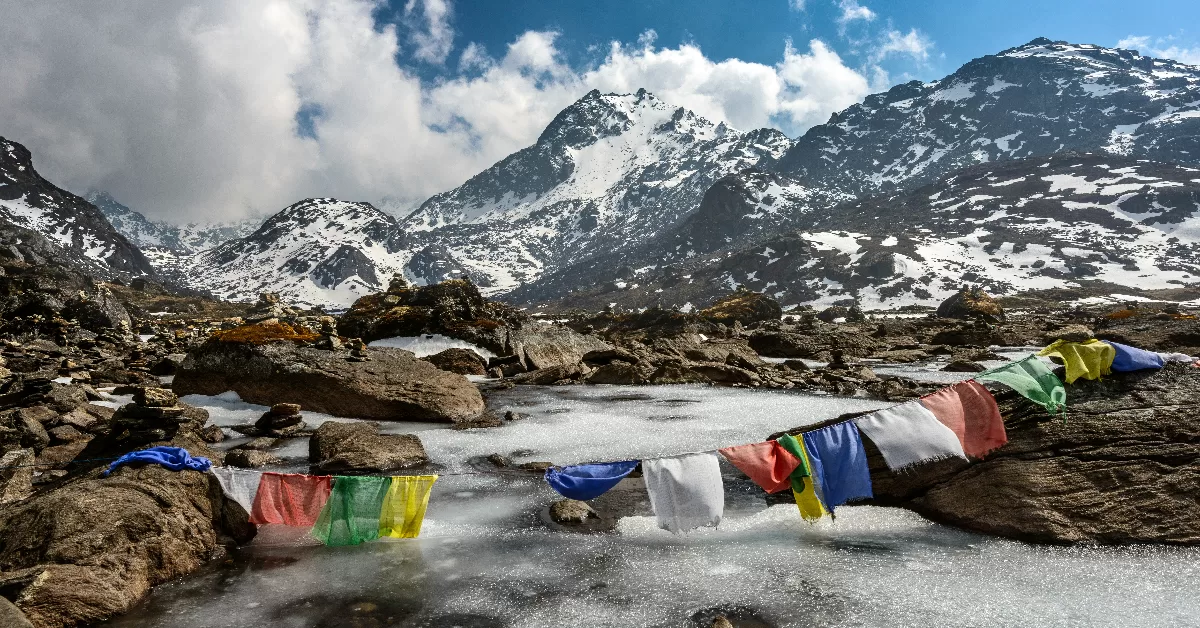
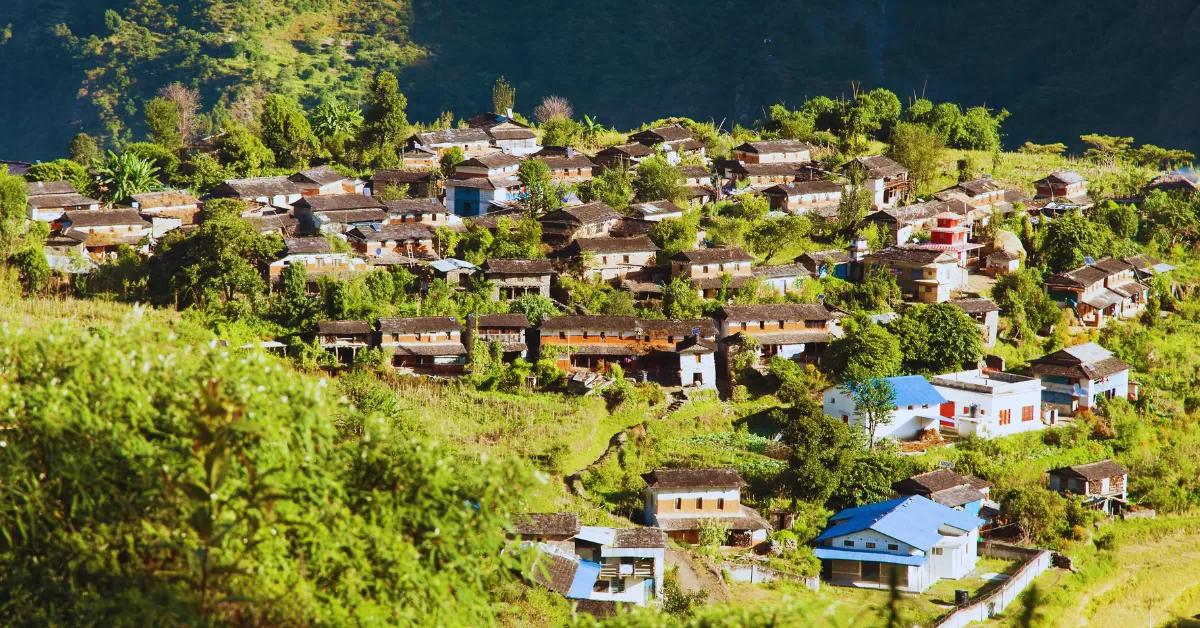
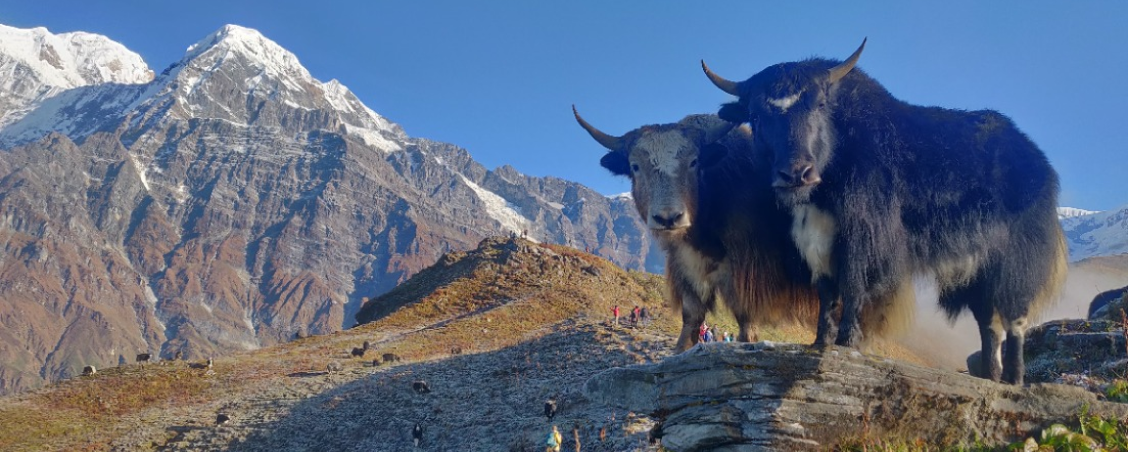
Comments [0]
Add CommentNo Comments Found